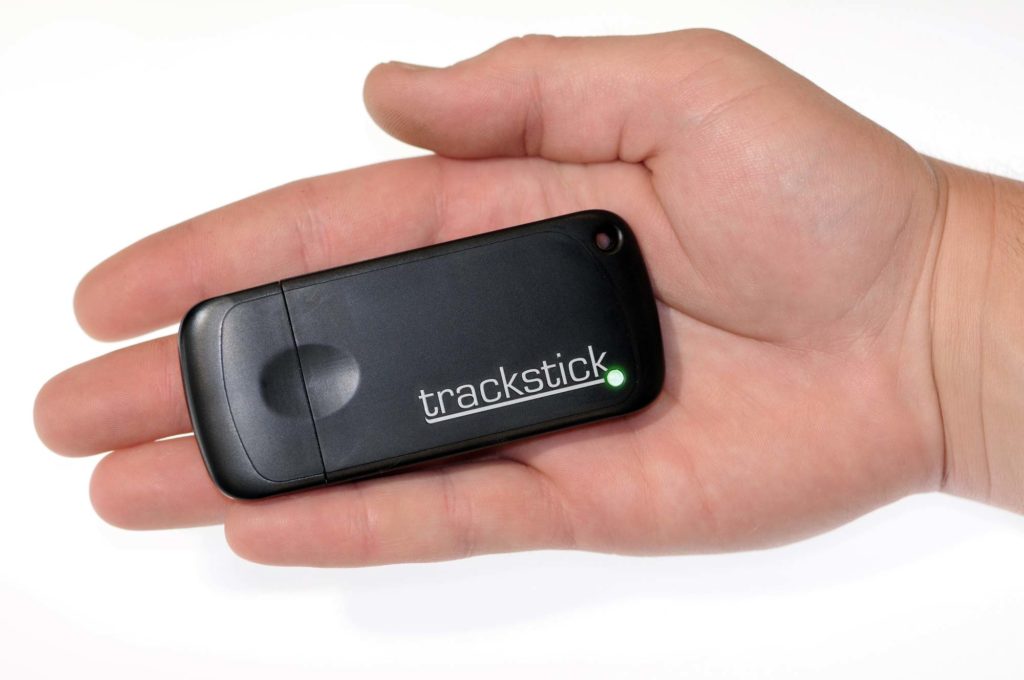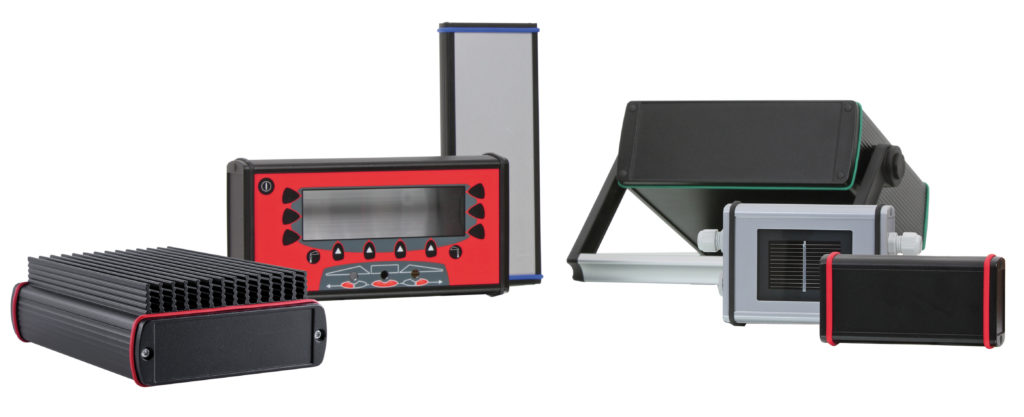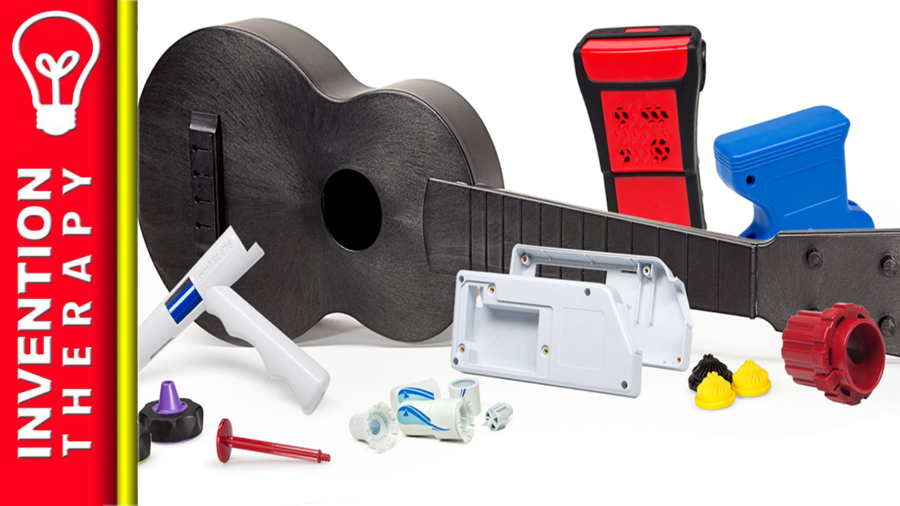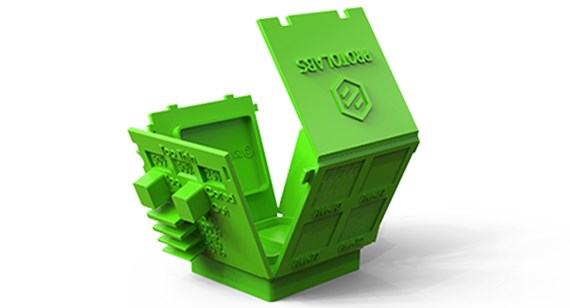Everyone is familiar with plastic injection molding and the parts you can create. From cheap toys inside your Crackerjack box to the complex interiors of your modern automobile, injection molded objects play a significant role in our daily lives.
Plastic Injection molding is a manufacturing technique that can produce low cost, high quality parts quickly. Heated liquefied plastic is forced via high pressure into a metal mold with cavities that, when cooled, form the shape of the parts.
While this low cost approach to your invention might seem like a great opportunity for the new inventor it could present some serious challenges and possible pitfalls that could doom your inventing dreams. That’s why we are here to help at Invention Therapy!
A few things to consider with injection molding:
- Skills and experience needed to design injection molded parts.
- Time required to get product to market with injection molding.
- Upfront costs for designs and molds.
- Ease at which plastic only products can be copied worldwide.
- Other manufacturing processes may be a better choice.
The fact is that with worldwide competition and easy access to the internet, any cheap to manufacture product is also the easiest to rip off. Yes, I am sorry to say that not all companies and individuals follow the same code of ethics. What has taken you months or years to invent could easily be copied by experienced plastic injection molding companies in a matter of days. Once this happens, you could see similar products flooding the market at very low prices effectively putting you out of business overnight.
Now that we have that out of the way, we can examine the reality of injection molding and where it fits in for you as an inventor. Personally, I have made dozens of injected molded parts but only as a small portion of larger assemblies. Often times, I look for alternatives that sometimes even cost more per piece but lower my initial investment. If you are on a budget, injection molded parts or products usually aren’t the best first choice.

Plastic Injection Molds Can Get Expensive
Electronic products like my GPS tracking device, Trackstick are a good example of products that had little chance of success without the investment in injection molding. The problem is that the design expertise and CNC machining process for even very small electronics enclosures can get expensive. Most of the time, however, electronic circuit boards can be designed to fit off the shelf enclosures like the ones shown here.

Now if you are still in need of plastic parts for your product, I suggest you start by learning some of the basic skills needed for mold design.
The first thing you need to do is head on over to Protolabs and get your free plastic injection molding aid known as the DESIGN CUBE.
There are many design considerations when working with injected molded parts. Things like wall thickness, draft, features that require slides, inner cuts, outer cuts and more.
The lesson here is that if you are designing a cheap, low cost product, the chance of it being copied (ripped off) is much greater than a more complex product that has many different types of manufactured parts in the assembly.
Still Not Convinced?
Let’s dig a little deeper by watching this video on all the different types of manufacturing processes you can use in your product design.
So it’s not just about one particular type of product design or the materials used. You have many different options to choose from when deciding how you are going to turn your idea into a reality. Don’t get stuck on one type of manufacturing process before you understand all the different choices you have. Once you know what is available to you, you could find yourself going a completely different direction and saving money in the process.
As an inventor, it is important that you start thinking different. We aren’t making products just to satisfy our own desires to build things. We are going for a much larger purpose that will require a new way of looking at things. We can’t always use a particular manufacturing process just because it seems like something we want to learn. There are many more things to consider when choosing your manufacturing process, materials and designs.
- Does the manufacturing process add to the form and function of the design?
- Are there cheaper ways I can make the part or product?
- Will my manufacturing process slow down fulfillment of orders?
- Are there any cheaper ways to make the product that could be even be better?
- Do I have the skills to be able to design the product or part(s) using this manufacturing process?
If you look at these questions you should be asking as an inventor, you will learn that there is always more than one way to accomplish a design goal. Obviously like the first question asks, we wouldn’t want to pick a manufacturing process that would make the product look bad or not perform correctly. That being said, what about choices other than plastic molded parts that could be better? CNC aluminum parts are often times much more durable and better looking. Not only do CNC parts add perceived value to your product but they could be cheaper when you factor in the cost of the mold and also the realization that you may only sell a few thousand units over an individual product’s lifetime.
In addition, choosing plastic injection molding as one of your manufacturing processes will lower the cost and speed up delivery of individual parts but the process of mold design could take up to a year or more. It just depends on how much money you are willing to spend to get the mold or molds made quickly.
Now if you are getting discouraged here from all this talk about money and the realities of product design, don’t be too worried. These are the steps we all go through while coming up with our next great invention idea. After all, its not just about having ideas. It’s about being able to bring those ideas to life and make money selling them.
Get Started Designing Your First Molded Parts!
That’s right, after I gave you all the pitfalls of choosing plastic injection molded parts, you made it this far which tells me you really want to dive deeper into the process. I am not going into great detail here on this post but we will be covering all the manufacturing processes many times in the future.
A few things to consider regarding the injection mold.
The injection mold is the large, sometimes giant block of aluminum or steel (more on that in a minute) that is where the plastic is squeezed into at high pressure to form your parts. Many mold design companies will “forget” to mention a few things to keep in mind.
- Most first time products are best designed with aluminum molds. While the materials are more expensive, the labor to CNC machine the mold is usually half the cost. Labor will make up a large portion of the mold making process.
- Aluminum molds don’t last as long but you still can get thousands of “shots” and always make another steel mold once the product is successful. This lowers your initial investment costs substantially.
- If your parts are small enough, you can get multiples of the same part within one mold and save money on each individual molded part.
- Using a Mud Mold Base will save you time and money. A mud mold is a pre-made block of metal with all the correct holes and mounts used on standard mold making machines. The mold making company can purchase one of these and cut your design into it. One caveat is that mud molds are generally used for smaller sized parts.
Start Thinking Like An Inventor
Unfortunately, you have been told so much bad information about what it takes to be an inventor that you still think that all you have to do is come up with a good idea and people will just throw money at you. For those that have already tried to sell or license their ideas, I ask you one question: How has that worked out for you so far?
It takes a lot of patience, time, money and even a little luck to make a living as an inventor. I hope that in some some way I am starting to drive this point home to you.

Are you ready to become an inventor?
Getting your idea out of your head and into your hands is only the first in a long set of steps towards becoming a successful inventor.

First Steps To A Successful Invention
At Invention Therapy, we believe that the power of the internet makes it easier than you think to turn your invention idea into a reality. In most cases, you can build a prototype and start manufacturing a product on your own. Changing your way of thinking can be difficult. Being an inventor requires you to balance your passion with the reality of having to sell your products for a profit. After all, if we can't make a profit, we won't be able to keep the lights on and continue to invent more amazing things!Please subscribe to our Youtube Channel!





